2009 Landslide Victory
When it comes to post-war Japanese politics, one party stands out in its duration of staying in power: the Liberal Democratic Party (LDP).
Previously, we examined the main reasons behind the LDP’s dominance, but it is worth further exploring why the two major chances of regime change failed miserably.

After the short-lived coalition of 1993, the LDP remained in office by forming a coalition with its much smaller and current partner, the Komeito.
This LDP dominant coalition has continued to this day, with the exception of a three year interruption period – the second regime change accomplished by the Democratic Party of Japan (DPJ).
Established in 1998, the DPJ assimilated various remnants of the tattered eight-party coalition, including the outdated Socialists.
Over the years, the DPJ managed to gradually expand its political influence and won a landslide victory in 2009, inflicting a second major blow to the LDP.
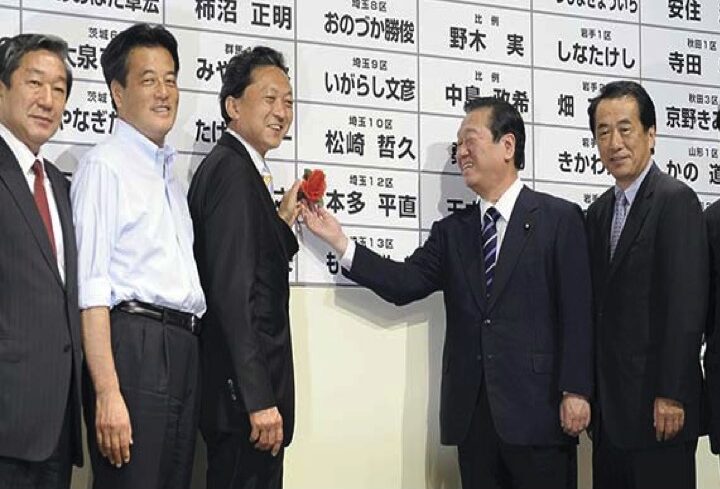 DPJ leaders celebrating victory (photo: DPJ)
DPJ leaders celebrating victory (photo: DPJ)
The DPJ skillfully took advantage of public dissatisfaction towards LPD politics, which were exacerbated by the 2008 Financial Crisis. During the general election, the DPJ stressed the greatness of their “Manifesto” – a series of reformative policies promised upon regime change.
Even after being elected in office, the Prime Minister and his cabinet members frequently referred to their commitment towards the Manifesto, stirring high expectations among the wary public.
Nonetheless, this became the double-edge sword for the DPJ.
Hatoyama’s Disaster
The first DPJ Prime Minister “Yukio Hatoyama” is generally remembered as one of the worst PMs in post-war Japanese history.
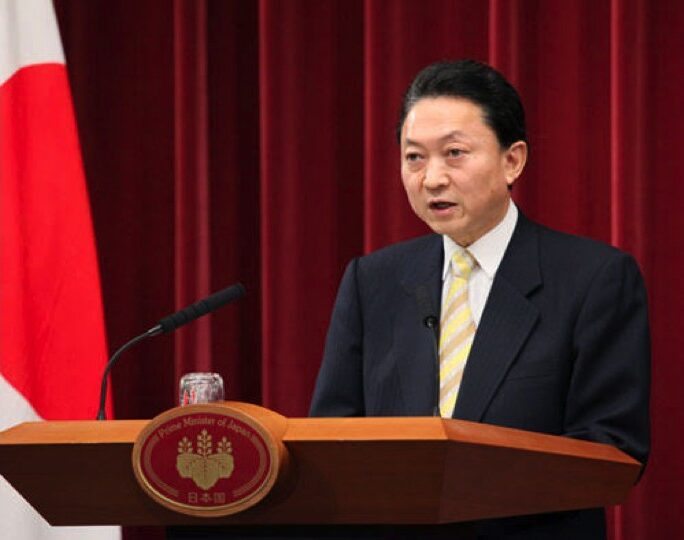 PM Yukio Hatoyama
PM Yukio Hatoyama
This reputation largely owes to his failure over the relocation of the US military base in Futenma (Okinawa Prefecture).
Experiencing one of the bloodiest land battles of the Pacific Theater, Okinawa has a high concentration of US military bases compared to any other area in Japan. Moreover, Okinawa was under US control until 1972 and periodically suffered injustice when it came to crimes committed by US military personnel.
An already brewing anti-base sentiment exploded when three US servicemen abducted and sexually assaulted a twelve-year old girl in 1995 which ultimately led to a joint agreement in relocating the US Marine Corps’ Futenma Base to a more remote location in Okinawa.
The relocation plan was solidified in 2006, but the DPJ led by Hatoyama vowed to relocate the base outside of Okinawa gathering absolute wide support in 2009 election. Needless to say, this was one of the main policies within the aforementioned Manifesto.
There was just one problem though – neither Hatoyama nor the DPJ had any concrete ideas to achieve this goal.
 Aerial view of Futenma Base
Aerial view of Futenma Base
Negotiations with the US government obviously went nowhere when Hatoyama failed to provide any viable alternative, and after several futile attempts to find another candidate location, the DPJ government reconfirmed the original plan of relocating the base within Okinawa.
This setback not only soured Japan-US relations to a point of crisis, but also angered the Okinawa people who rightfully felt betrayed.
Accompanied by Ichiro Ozawa’s corruption scandal (DPJ Chief Secretary General), Hatoyama’s approval rate soon plummeted to the danger-zone, forcing him to resign shortly afterwards.
Hatoyama continued to amaze people in his resignation speech by partially blaming the public for not listening to him anymore.
In this manner, the Japanese Prime Minister who was roasted by the Washington Post as “loopy and hapless” is now remembered as one of the most incompetent leaders in postwar Japan.
Kan’s Misfortune & Limits
Next came “Naoto Kan” who originally distinguished himself as an activist in the grass-roots movement.
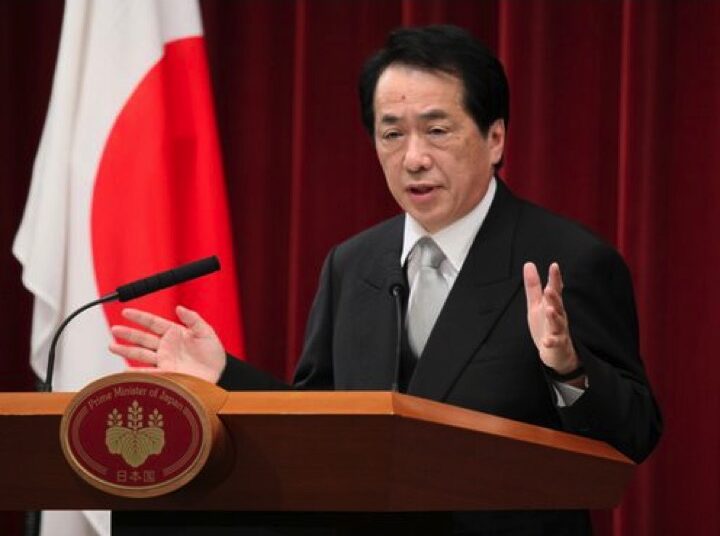 PM Naoto Kan
PM Naoto Kan
Prime Minister Kan’s first challenge came in September 2010 when a Chinese fishing boat rammed into a Japan Coast Guard vessel off the coast of the disputed Senkaku Islands.
The Coast Guard initially arrested the Chinese fisherman, but after fierce protests and pressure from Beijing, the Japanese Government extradited the fisherman back to China where he received a hero’s welcome.
Beijing claimed that it was the Japanese Coast Guard who violently rammed into the innocent Chinese vessel and strongly blamed Tokyo for the incident. During this condemnation, the Kan Administration held on to a video taken by the Coast Guard which clearly showed Beijing’s accusation as false.
Nevertheless, the Kan Administration did not publicly release this evidence. The video was later leaked by a Coast Guard member anyway, but the incident was already settled as a diplomatic defeat for Japan by the time it had circulated online.
This evident capitulation to Chinese pressure and the refusal to release the footage, widely fueled anger among the Japanese public while casting doubt towards the DPJ’s diplomatic capabilities.
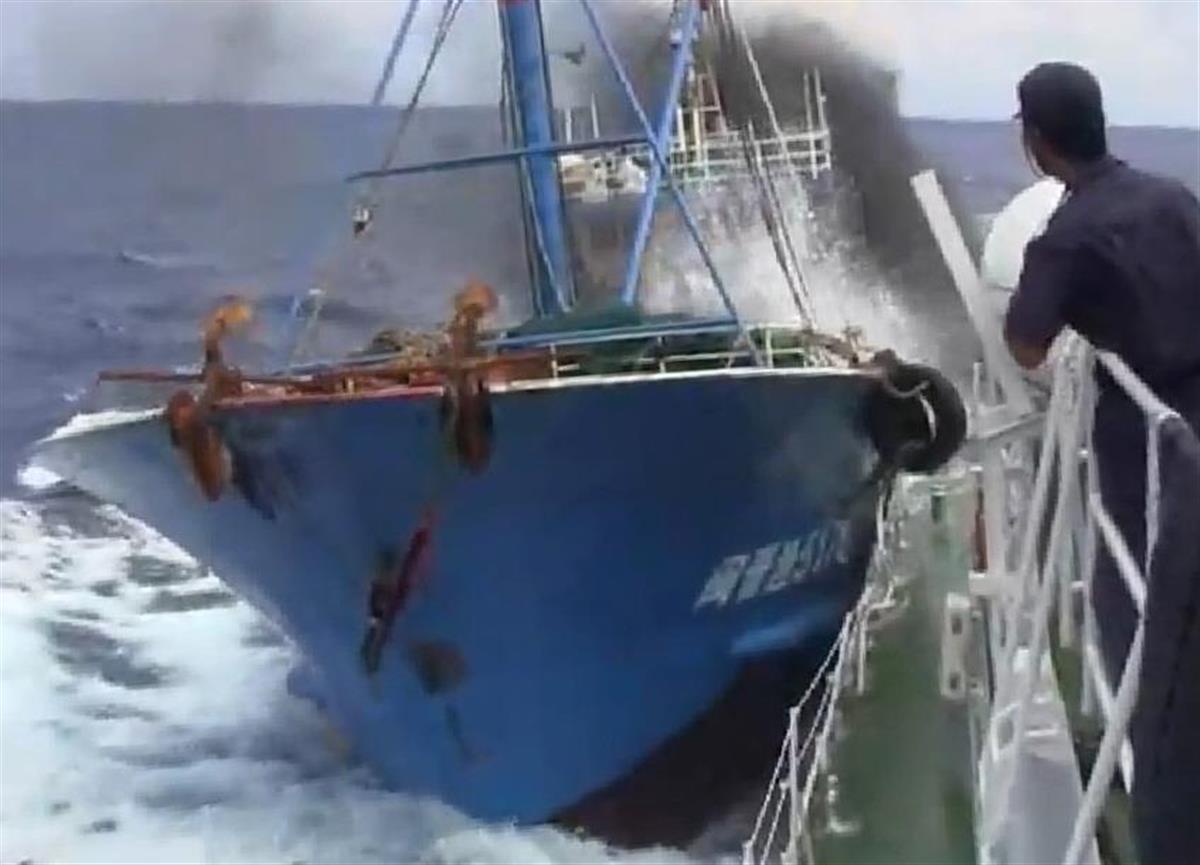 The moment of collision (photo: Japan Coast Guard)
The moment of collision (photo: Japan Coast Guard)
The next serious challenge was the 2011 Great Tohoku Earthquake and the subsequent Fukushima Nuclear Disaster.
To be fair, any administration would have had a tough time with such unprecedented crisis and Kan receives unreasonable criticism to this day.
But, what sealed the fate of the Kan Administration was the internal struggle with the former Chief Secretary General, Ichiro Ozawa who had managed to escape indictment.
Still being an influential figure within the DPJ, Ozawa vocally criticized Kan as incapable for managing the disaster relief. At a time where solidarity was most needed, the DPJ opted for internal party politics just like its predecessors.
Such attitude greatly disappointed the constituents to say the least, but it glued the image of “DPJ = Incapable” to the eyes of the ordinary citizen.



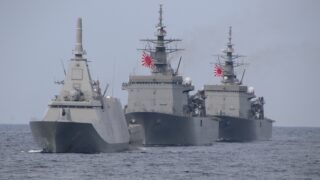

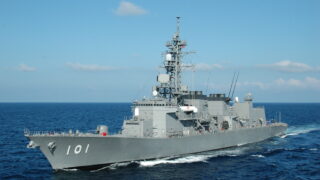
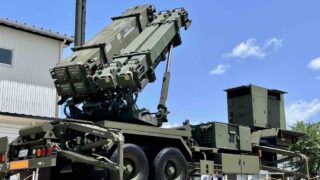

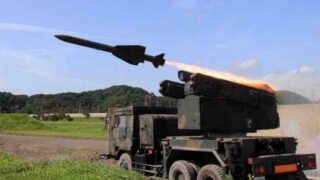

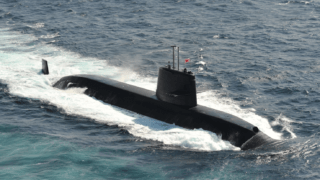

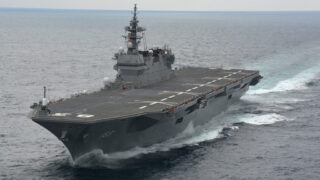




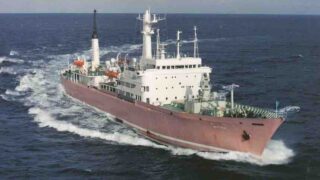

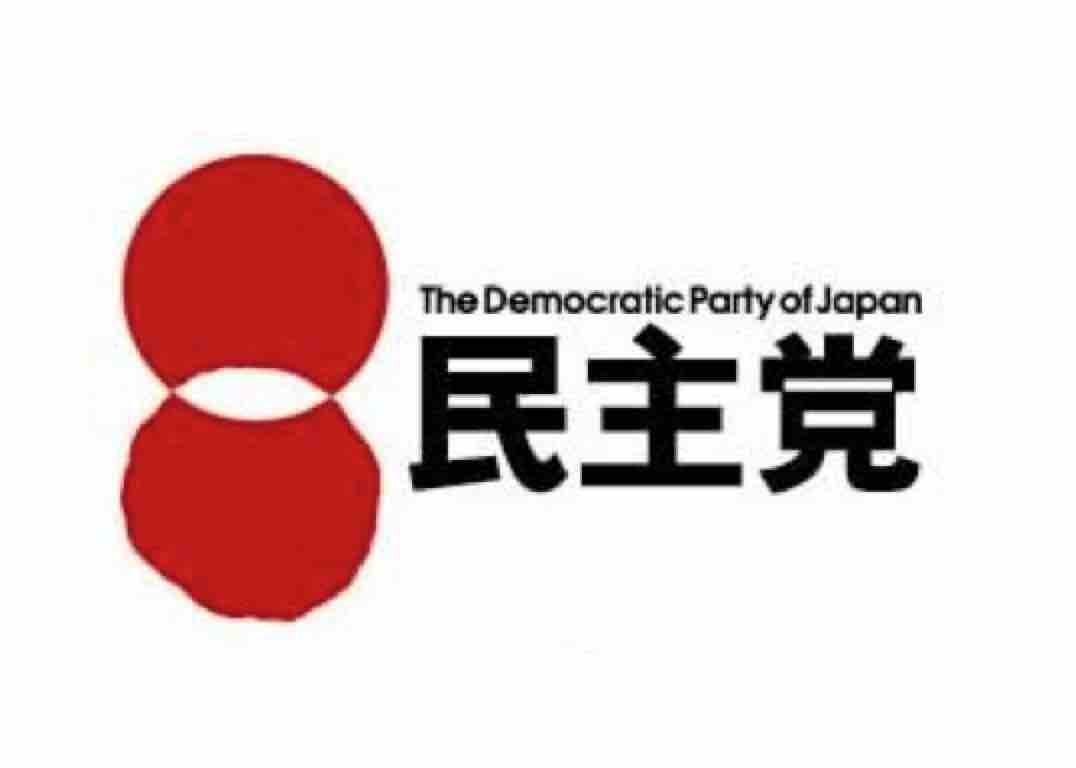
Comments